Cigar Review: Intemperance BA XXI Vanity
5 Mar 2018
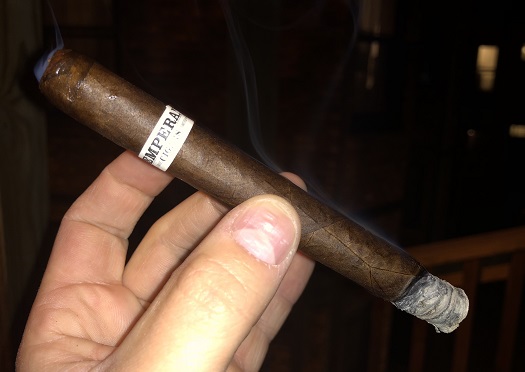
Generally speaking, I rarely prefer cigars with thick ring gauges. That’s nothing new. This penchant for thinner vitolas seems to square with my peers in cigar media as much as it flies in the face of cigar consumers as a whole. (I’ve heard more than one cigar maker lament about making smokes with ring gauges of 60 or more, yet they soldier on because those sizes sell.)
 The winter months only reinforce this preference as I seek smaller, thinner cigars that will concentrate considerable flavor into a shorter format—thereby limiting my exposure to the unforgiving elements. It therefore stands to reason that I would gravitate toward Vanity (5.5 x 37), the panatela in RoMa Craft Tobac’s Intemperance BA XXI. This line, after all, is one of my absolute favorites in terms of consistency, flavor, and bang-for-the-buck.
The winter months only reinforce this preference as I seek smaller, thinner cigars that will concentrate considerable flavor into a shorter format—thereby limiting my exposure to the unforgiving elements. It therefore stands to reason that I would gravitate toward Vanity (5.5 x 37), the panatela in RoMa Craft Tobac’s Intemperance BA XXI. This line, after all, is one of my absolute favorites in terms of consistency, flavor, and bang-for-the-buck.
In case you’re unfamiliar, Intemperance BA XXI features a Brazilian Arapiraca wrapper (hence “BAâ€) around an Indonesian binder and filler tobaccos from Nicaragua and the Dominican Republic. (There’s also a companion Intemperance EC XVIII line that’s wrapped in an Ecuadorian Connecticut leaf.) My favorite cigar in the BA XXI blend is the A.W.S. IV, a lonsdale (6.5 x 44) that costs $7. If I were stranded on a desert island and only allowed to take a couple different types of cigars, this would undoubtedly be one of them.
Vanity is thinner and a full inch shorter. It retails for about $7. The beautiful wrapper is dark and mottled with moderate oils, tight seams, and a network of fairly thin veins. The pre-light notes remind me of dark chocolate and molasses. Notably, the binder/filler protrudes slightly from the foot which, cigar maker Skip Martin says, gives the consumer the brief chance to sample the blend without the wrapper before it quickly changes.
To be honest, I’m not sure I’m able to discern the difference in flavor when the fire finds the wrapper, perhaps because I should be trying harder to only light the binder/filler. Either way, I would describe the introductory flavor as a combination of chocolaty sweetness with hints of oak, peanut, black pepper spice, and a little leather.
Towards the midway point, the body, spice, and intensity ramp up a notch. All the while, this change is expertly balanced by a sweet creaminess and a chewy, marshmallow-like texture that reminds me of nougat. There are few changes in the final third, save for an increase in intensity and cayenne heat.
Construction is superb from light to nub, as you would expect from the craftsmen and craftswomen of Nica Sueño, RoMa Craft’s factory in EstelÃ, Nicaragua. (If you ever have the chance, by the way, don’t miss the opportunity to visit Nica Sueño; you’ll be amazed at the mastery, care, and attention to detail in this small space.) Vanity is blessed with a straight burn, solid gray ash, and a smooth draw.
While Vanity is an awesome cigar for any time of year, I especially appreciate it during the cold months here in Chicago. It’s rare to find such flavor, balance, complexity, and consistency in such a small format. I still consider the A.W.S. IV the pinnacle vitola in this terrific blend, but Vanity is up there. It earns a rating of four and a half stogies out of five.

[To read more StogieGuys.com cigar reviews, please click here.]
photo credit: Stogie Guys

 Well, a lot of cigar smokers, I guess, since the long-ish, thin shape has become less and less popular through the years. Its once-prominent place in humidors has declined even more rapidly with the ascendance of large ring gauge smokes.
Well, a lot of cigar smokers, I guess, since the long-ish, thin shape has become less and less popular through the years. Its once-prominent place in humidors has declined even more rapidly with the ascendance of large ring gauge smokes.
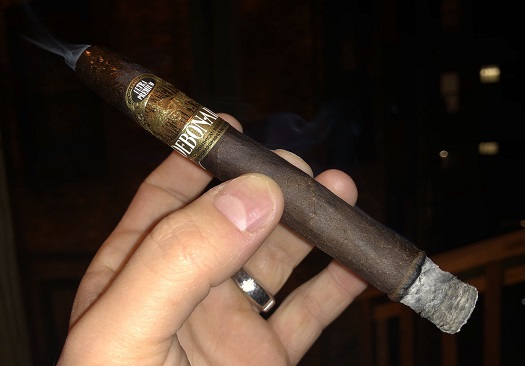
 Of the partnership, Jonathan Drew had this to say: “Phil Zanghi has been a dear personal friend of mine for two decades. When I permanently moved to Nicaragua in 1998, I wasn’t speaking no fancy languages like Spanish, so Phil helped keep me sane, as we scuttled back and forth between Nica and Honduras. He’s been a psychological and spiritual Drew Estate booster from our beginnings.â€
Of the partnership, Jonathan Drew had this to say: “Phil Zanghi has been a dear personal friend of mine for two decades. When I permanently moved to Nicaragua in 1998, I wasn’t speaking no fancy languages like Spanish, so Phil helped keep me sane, as we scuttled back and forth between Nica and Honduras. He’s been a psychological and spiritual Drew Estate booster from our beginnings.â€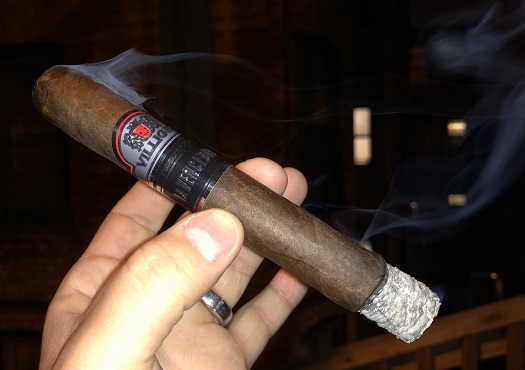
 “We are grateful for the opportunity to use our 130 years of experience to create what I feel is a very special cigar in the Villiger La Vencedora,†said Heinrich Villiger, chairman of the Switzerland-based company. Rene Castañeda, president of Villiger Cigars North America, added, “La Vencedora is a palate-pleasing, full-bodied, yet elegant cigar, that will satisfy the cigar connoisseur as well as the casual smoker.â€
“We are grateful for the opportunity to use our 130 years of experience to create what I feel is a very special cigar in the Villiger La Vencedora,†said Heinrich Villiger, chairman of the Switzerland-based company. Rene Castañeda, president of Villiger Cigars North America, added, “La Vencedora is a palate-pleasing, full-bodied, yet elegant cigar, that will satisfy the cigar connoisseur as well as the casual smoker.â€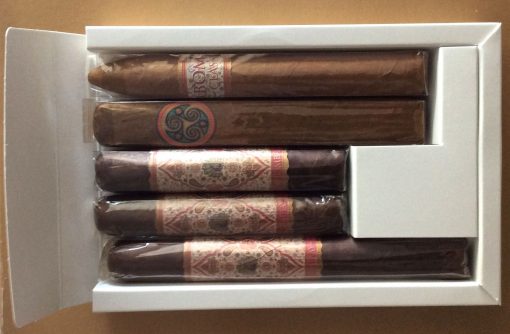
 The Torpedos have a smaller production level than other MBombay Classics. According to brand owner Mel Shah, there are two primary reasons for this: (1) the difficulty and time required to properly roll the shape, and (2) the fact that the cigars are aged for more than 14 months before heading to market.
The Torpedos have a smaller production level than other MBombay Classics. According to brand owner Mel Shah, there are two primary reasons for this: (1) the difficulty and time required to properly roll the shape, and (2) the fact that the cigars are aged for more than 14 months before heading to market.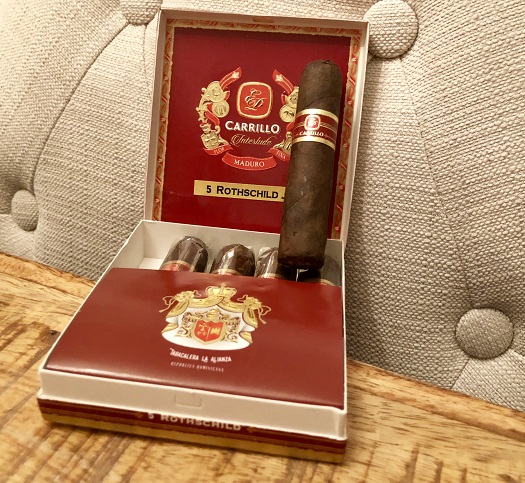
 While braving inclement weather shows a true dedication to the leaf, Jack Frost does everything he can to make standing still or sitting down pretty damn intolerable. That’s why many cold-climate cigar enthusiasts turn to smaller, shorter cigars this time of year.
While braving inclement weather shows a true dedication to the leaf, Jack Frost does everything he can to make standing still or sitting down pretty damn intolerable. That’s why many cold-climate cigar enthusiasts turn to smaller, shorter cigars this time of year.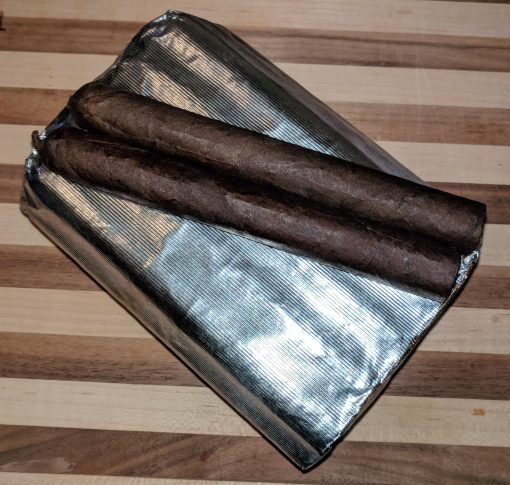
 Patrick Ashby
Co-Founder & Editor in Chief
Patrick Ashby
Co-Founder & Editor in Chief Patrick Semmens
Co-Founder & Publisher
Patrick Semmens
Co-Founder & Publisher George Edmonson
Tampa Bureau Chief
George Edmonson
Tampa Bureau Chief